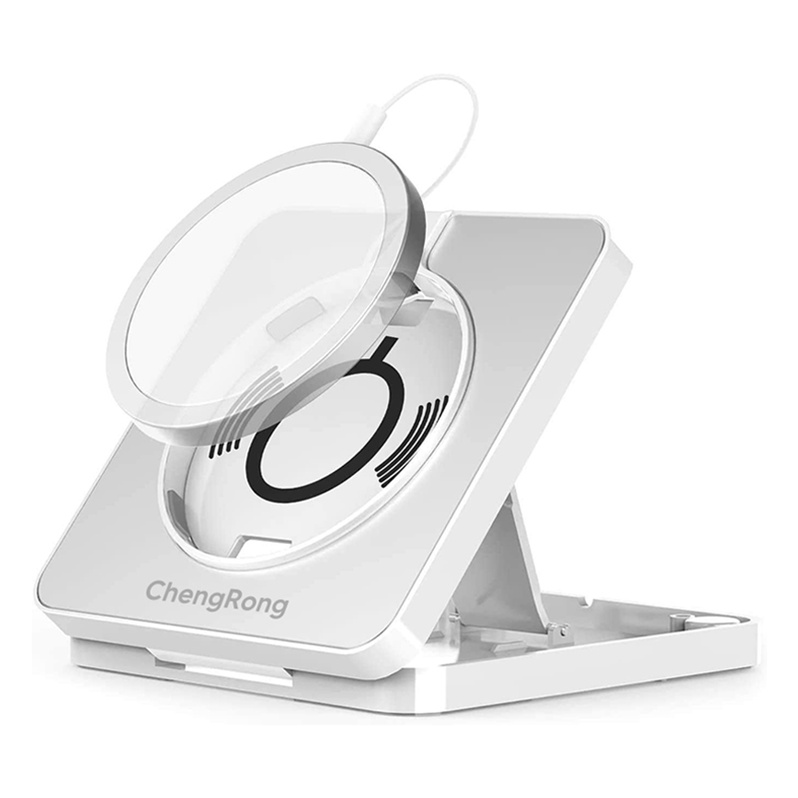In September 2008, Taiwan Industrial Technology Institute won the US R&D 100 Awards for its "On Chip AC LED Lighting Technology". In October 2008, we established the "AC LED Application R&D Alliance" in cooperation with manufacturers to actively distribute AC LED related patents globally through vertical integration of the industry. With the characteristics that AC LED can operate directly under AC power, with the special plug-in heat dissipation package, it will bring impact to traditional LED lighting and related applications, and also develop another innovative business opportunity for Taiwan LED manufacturers.
I. AC LED direct drive with alternating current, subverting traditional applications
Whether it is home, business or public power, most of them are provided by alternating current (AC), mainly to avoid excessive loss of power transmission over long distances, and then they are sent to the use end by means of alternating current, so the electrical appliances must Designed to be used by AC drive, otherwise it will cause short circuit due to voltage mismatch.
Traditional LEDs must be driven by Direct Current (DC). Therefore, while using general AC power as the power supply, a rectifier transformer must be used to convert AC/DC to ensure the normal operation of the LED. The application has always emphasized the characteristics of LED power saving, but in the process of AC/DC conversion, there are actually 15 to 30% of power consumption, and the use is still not efficient; therefore, the LED can be directly driven by AC. A new idea.
Taiwan Industrial Technology Institute has successfully developed AC LEDs that can be used directly under AC 110V. Together with the unique three-dimensional thermal conductivity and pluggable packaging technology, it won the American R&D 100 International Award in 2008. In addition to increasing the convenience of application, AC LED will set off a new revolutionary era for the development of the LED industry.
(1) AC LEDs take advantage of the evolution of lighting sources
Traditional incandescent lamps have poor conversion of electro-optical efficiency and have environmental problems. Driven by the energy-saving and carbon-reducing trend, the world will be banned in 2010, and the era of LED lighting is not far away, but it still needs to be refined into white LED luminous efficiency. And thermal design.
LEDs generate heat when the current passes through the light, while DC LEDs generate more heat during the AC/DC conversion process, so the heat dissipation design will be the key to affecting the life of the LED. The general design is to directly solder the LED and the heat sink substrate together. When the LED light source is damaged, the entire base must be replaced. The AC LED developed by ITRI uses pluggable three-dimensional heat-conducting packaging technology. In addition to increasing the heat-conducting area, when the light source is worn out, it can be directly replaced by plugging and unplugging, which is more convenient than DC LED, and therefore special plug-in type. Technology won the US R&D 100 International Awards.
Figure 1 Light source evolution and related application characteristics Source: Institute of Electro-Optics, Institute of Technology, Takuya Industry Research Institute, 2008/11
AC LED can be directly driven by AC drive through special circuit design. It can operate normally without the need of rectifier transformer. Therefore, the size and weight of the lighting fixture can be more advantageous than the general DC LED lamp. However, due to the fact that the luminous efficiency is still worse than that of the DC LED, the price is relatively expensive, and it still takes a while to promote the application.
Table 1 LED light source characteristics comparison
Source: Institute of Electro-Optics, ITRI; Takuya Industry Research Institute, 2008/11
(2) AC LED with pluggable package for easier use
ITRI ​​has two major technologies in the award-winning AC LED development, namely "High Efficiency Bridge AC LED Chip Technology" and "Low Thermal Resistance Stereo Thermal Pluggable LED Packaging Technology".
The bridge type AC LED chip technology mainly uses the design of the bridge rectifier circuit to convert the AC current into the DC current after being converted. In addition, the Institute also breaks through the micro-grain process technology and arranges in a single 1mm2 area. Approximately 100 micro-grains are used to more effectively improve the luminous efficiency of the entire AC LED chip.
Figure 2 AC LED Wafer and micro-grain structure
Source: Institute of Electro-Optics, ITRI; Takuya Industry Research Institute, 2008/11
When the voltage is forward biased, the current will flow in a certain direction and be illuminated by the light emitting diode; when the voltage is reverse biased, the current flows in the opposite direction, causing the other side of the LED to emit light. The originally input AC power will change its waveform after rectification through the bridge circuit; while the bridge rectifier process will have leakage current, the output voltage form is closer to DC power.
Figure 3: Bridge circuit rectifier diagram
Source: Takuya Industry Research Institute, 2008/11
The low thermal resistance stereo thermal pluggable LED package is the technical core of the R&D 100 Award from the Institute of Electrotechnical Engineering. The international interface thermal resistance package safety standard can not be greater than 3 ° C / W, the concept of three-dimensional heat conduction package using electro-optical light, the contact area of ​​heat conduction is increased to 10 times of the original, the volume of heat dissipation is also increased, so that the interface thermal resistance is only 0.3 °C/W, greatly improving the heat dissipation problem of LEDs. Because the circuit and heat dissipation are integrated inside the package, it is also compatible with the plug-in type, which can be directly replaced in the general AC power slot for added convenience.
Figure 4: Three-dimensional heat conduction packaging technology patent
Source: Institute of Electro-Optics, ITRI; Takuya Industry Research Institute, 2008/11
Since the luminous efficiency of LEDs produced by Taiwanese manufacturers is still poor, under the theorem of energy immortality, the heat energy generated is also more, so how to solve the heat dissipation problem is more important. Compared with the LEDs of Europe, America and Japan, which have better luminous efficiency, the LEDs generate less heat energy. Whether the Taiwan factory has a better heat dissipation system and eroded its market, it still needs to maintain a reserved attitude. However, it is undeniable that the Institute of Technology has designed the LED package type to be plug-in type replacement, which does not need to solder the LED and the heat dissipation substrate together, which greatly improves the convenience of LED use.
Adjustable Phone Stand For Desk,Cell Phone Stand For Desk,Office Phone Stand For Desk,Phone Stand For Desk Metal,etc.
Shenzhen Chengrong Technology Co.ltd is a high-quality enterprise specializing in metal stamping and CNC production for 12 years. The company mainly aims at the R&D, production and sales of Notebook Laptop Stands and Mobile Phone Stands. From the mold design and processing to machining and product surface oxidation, spraying treatment etc ,integration can fully meet the various processing needs of customers. Have a complete and scientific quality management system, strength and product quality are recognized and trusted by the industry, to meet changing economic and social needs .


Adjustable Phone Stand For Desk,Cell Phone Stand For Desk,Office Phone Stand For Desk,Phone Stand For Desk Metal
Shenzhen ChengRong Technology Co.,Ltd. , https://www.chengrongstand.com
